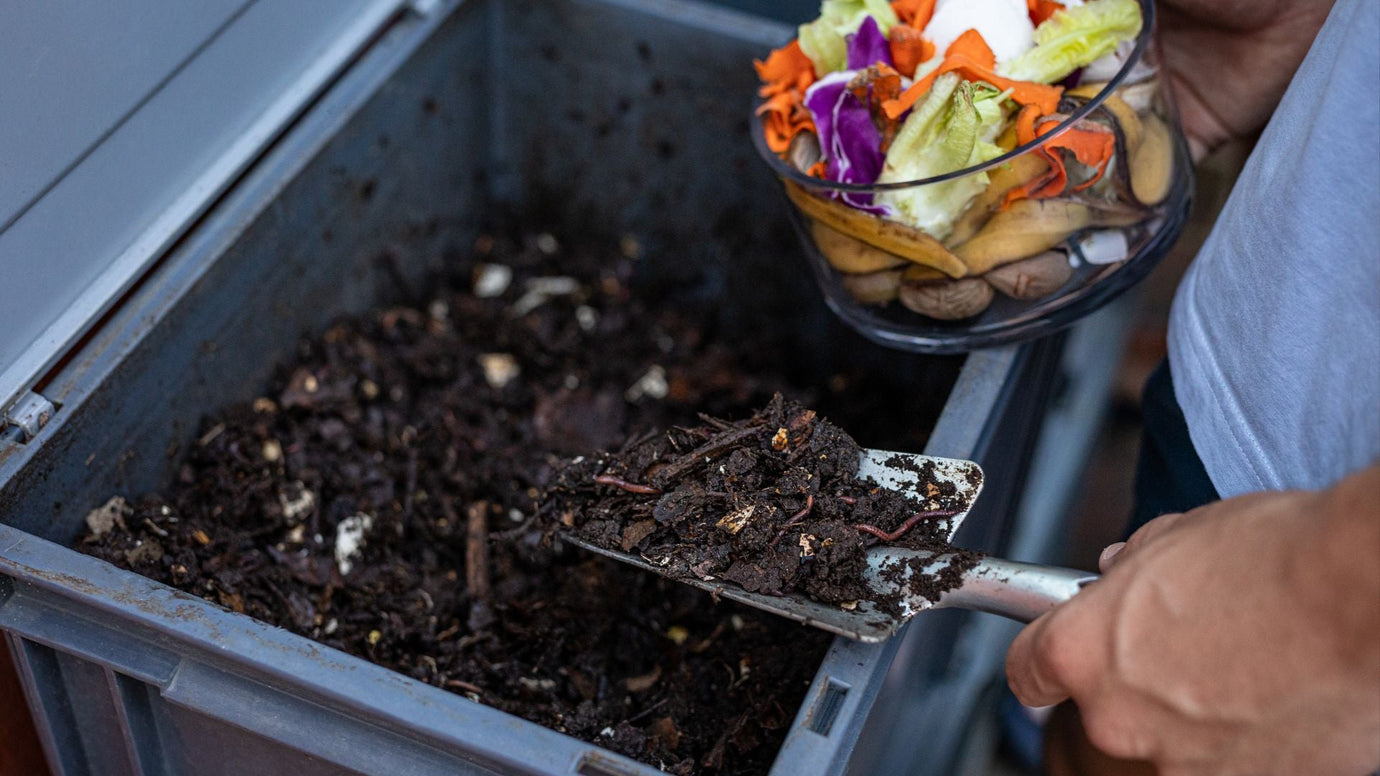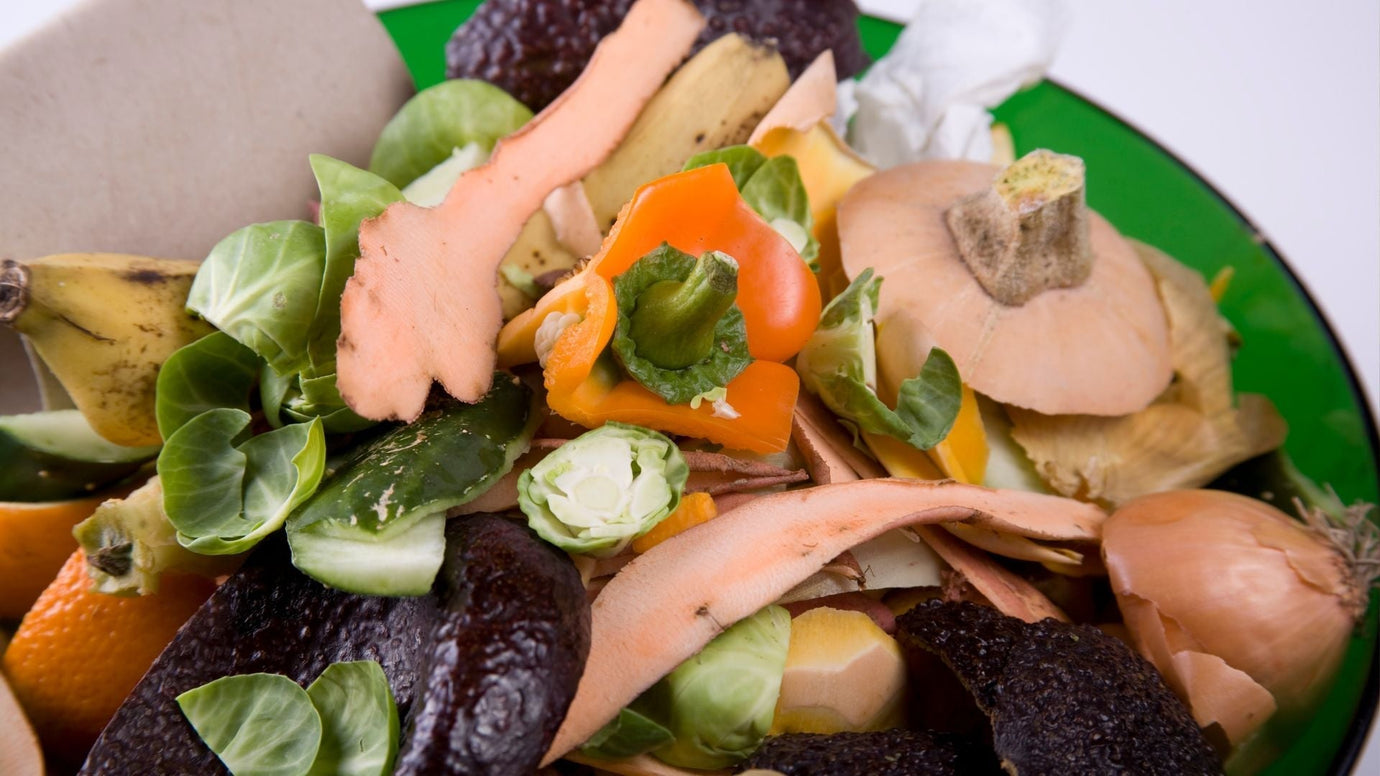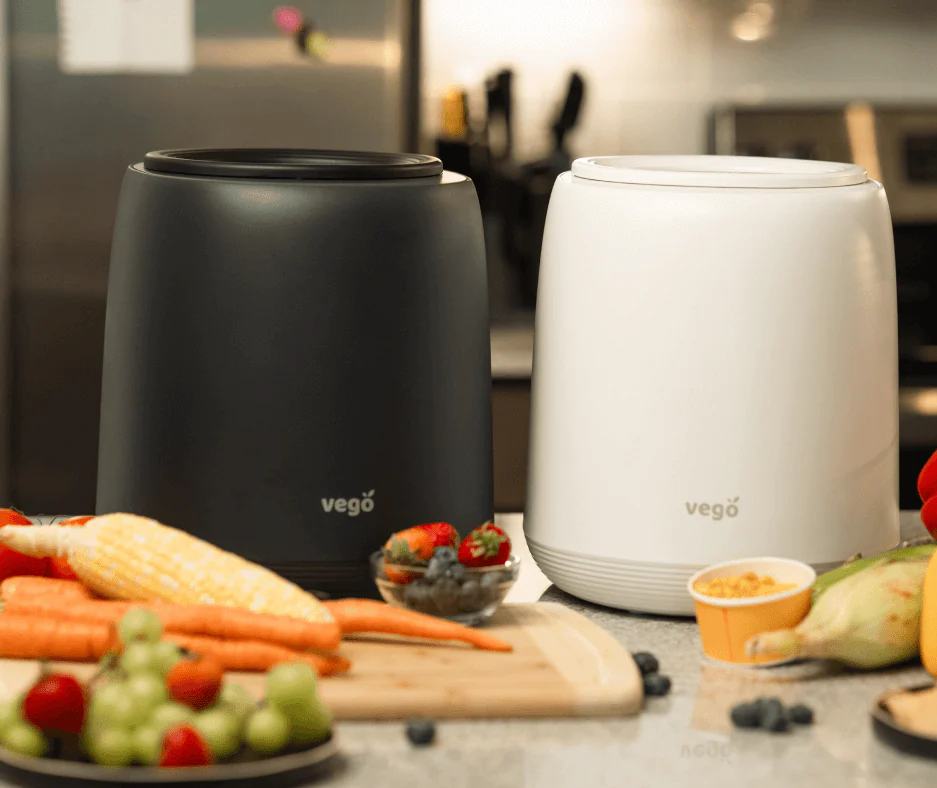Composting Made Easy, In Time for Christmas
As Seen In
"Vego Kitchen Composter is the best overall and our top pick, offering multi-mode options, sleek design, smart features, and odor-free operation, reducing kitchen waste by 85–95% efficiency."

"The Vego Kitchen Composter’s Vego mode is what every composter should have, allowing continuous scrap addition, auto-cycling, and control over composting, making it highly efficient and convenient."

"The Vego Kitchen Composter, added in 2024, from a popular garden bed company - Vego Garden, creates a rich garden amendment and reduces waste by up to 90%, embracing the latest garden trends."

Make Composting Easy with Vego Composter
Experience hassle-free composting that fits seamlessly into your daily kitchen routine.
Quick Composting
Get nutrient-rich compost in 24 hours or less, faster than traditional methods.
Odorless and Clean
Advanced odor control keeps your space fresh and free of unpleasant smells.
Effortless Process
Simply load your scraps, and the Vego Composter takes care of the rest.
Free Shipping on all orders
Your Smart Solution For Managing Food Waste
Your Smart Solution For Managing Food Waste
Free Shipping on all orders
From Food Waste to Vego Meal for Your Soil
Turn food scraps into Vego Meal, a nutrient-rich compost that enriches soil and reduces
waste for gardens, lawns, or plants

Fertilize gardens, planters, and lawns with biologically active material.

Reduce your environmental impact by composting food scraps instead of sending them to landfills.

Enrich any soil type, from gardens and lawns to houseplants.
Free Shipping on all orders
Why Compost?
Make a real impact and help create a greener planet by composting your food waste.
Up to 90%
Shrink Waste Volume by
Up to 90%
Reduce CO2 Emissions by
Up to 10%
Save Up to 800 lbs
of Waste Annually
Tip: Based on up to 2.2 lbs of waste per day.
Free Shipping on all orders
Rated 4.9 / 5.0
"It is quiet, it has no smell, it has so many modes, you can stop it and add more if you need to, it cleans itself, you can see everything as it's working, and ..."
Adriana.
VERIFIED BUYER
"The compact size fits perfectly in my small kitchen,The intuitive design makes it so easy to add my food scraps and monitor the composting progress.I've notice..."
Tom.
VERIFIED BUYER
"There was very little noise as the unit processed. I often forget it's running.Love the Vego mode! It allowed me to continuously add scraps as needed."
Kim's K.
VERIFIED BUYER
"Highly recommend this composter to anyone looking to reduce their environmental impact and create their own organic fertilizer."
Jane D.
VERIFIED BUYER
"This little composter has been an incredible addition to my kitchen and garden routine. It's compact enough to fit comfortably in my kitchen, yet it holds a surprisin..."
Betty J.
VERIFIED BUYER
"We are able to turn all of our food waste into something that looks like coffee grounds, which we then mix into soil and other yard compost. It is incredible how q..."
Sonni C.
VERIFIED BUYER
Award-Winning Tabletop Composter
The Vego Composter is the recipient of the 2024 Red Dot & IF Design Awards, prestigious accolades that celebrate innovation and excellence in design.
Award-Winning Tabletop Composter
The Vego Composter is the recipient of the 2024 Red Dot & IF Design Awards, prestigious accolades that celebrate innovation and excellence in design.
Free Shipping on all orders
Why Choose Vego?


Everybody Else
Vego composter
You wait hours for cycles to end before adding more waste
Smart scale lets you add more waste mid-cycle, no waiting
Just 3 modes – and they’re pretty limited
5 modes produce the best Vego Meal for your needs
Can’t add scraps until hours after the cycle ends
Add scraps mid-cycle to keep your counters clean & fresh
No automated cleaning – guess who’s scrubbing?
Self-cleaning mode does the dirty work
Microbe pods purchased separately
VegoTabs included for superior fertilizer for your plants and gardens
Only 3L capacity
4L capacity handles more waste
Loud & disruptive, over 60dB
Operates quiet as a library at 42dB
Bulky & takes over your counter (16 × 13 × 12")
Compact & counter-friendly footprint (14 × 11 × 13")



























